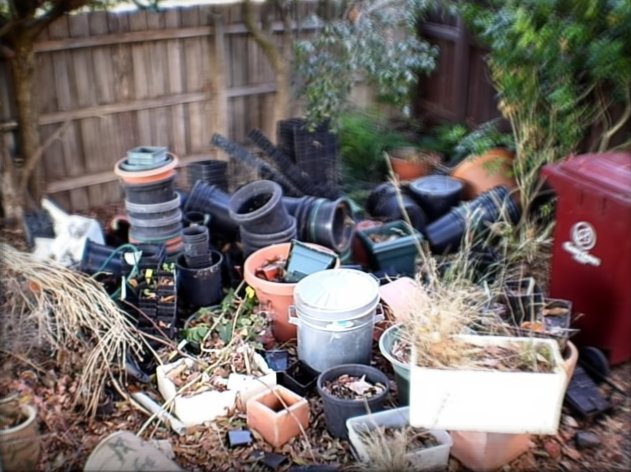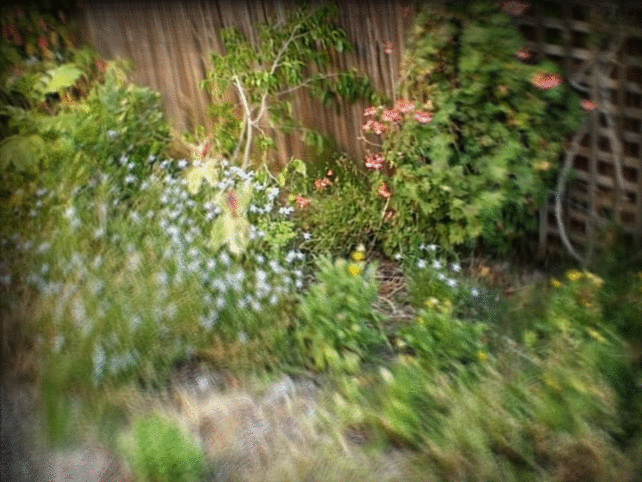
Using tilt-shift photography to make a scene look like a miniature version of itself has been doing the rounds recently. Again. This technique simulates the look of a photograph taken with a macro lens by blurring the top and/or bottom of the image. The effect only works if the scene being photographed recedes into the distance in a fairly uniform way -- otherwise the wrong areas are blurred.
The image above is not a tilt-shift photograph, nor is it a fake tilt-shift photograph.
What I did was this: I took a short video of the scene, moving my camera around within a small area. I then aligned 100 frames from this video, allowing for translation and rotation, and averaged them. This has the effect of correctly simulating a massive camera aperture. Unlike tilt-shift photography, it can be used to create a fake miniature of any scene, regardless of its layout. (Although if you were doing this for a cityscape you might need to move the camera around quite a distance to produce a virtual eyeball large enough that the city would appear small to it.)
This is the video I used:
(input.avi, 17Mb)
The focal point can of course be adjusted in the post-processing step.

I think we've all felt like this at one time or other, the need to "add a little extra color to the garden". Notice how parts of the geranium (to the right, on the fence) go in and out of focus. You would not get this in a tilt-shift photograph.